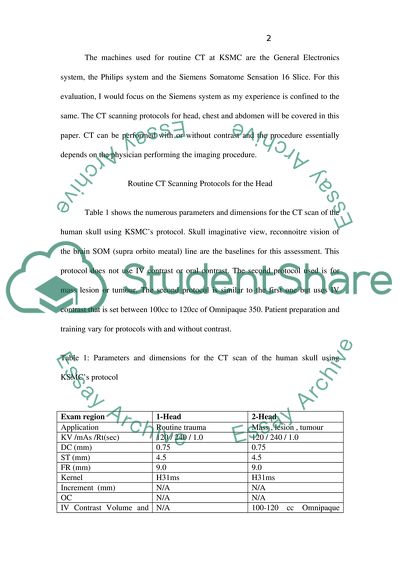Cite this document
(Routine Computed Tomography Scanning Protocols for Head, Chest and Literature review, n.d.)
Routine Computed Tomography Scanning Protocols for Head, Chest and Literature review. Retrieved from https://studentshare.org/medical-science/1604467-routine-ct-scanning-protocols-of-head-chest-and-abdomen
Routine Computed Tomography Scanning Protocols for Head, Chest and Literature review. Retrieved from https://studentshare.org/medical-science/1604467-routine-ct-scanning-protocols-of-head-chest-and-abdomen
(Routine Computed Tomography Scanning Protocols for Head, Chest and Literature Review)
Routine Computed Tomography Scanning Protocols for Head, Chest and Literature Review. https://studentshare.org/medical-science/1604467-routine-ct-scanning-protocols-of-head-chest-and-abdomen.
Routine Computed Tomography Scanning Protocols for Head, Chest and Literature Review. https://studentshare.org/medical-science/1604467-routine-ct-scanning-protocols-of-head-chest-and-abdomen.
“Routine Computed Tomography Scanning Protocols for Head, Chest and Literature Review”, n.d. https://studentshare.org/medical-science/1604467-routine-ct-scanning-protocols-of-head-chest-and-abdomen.


